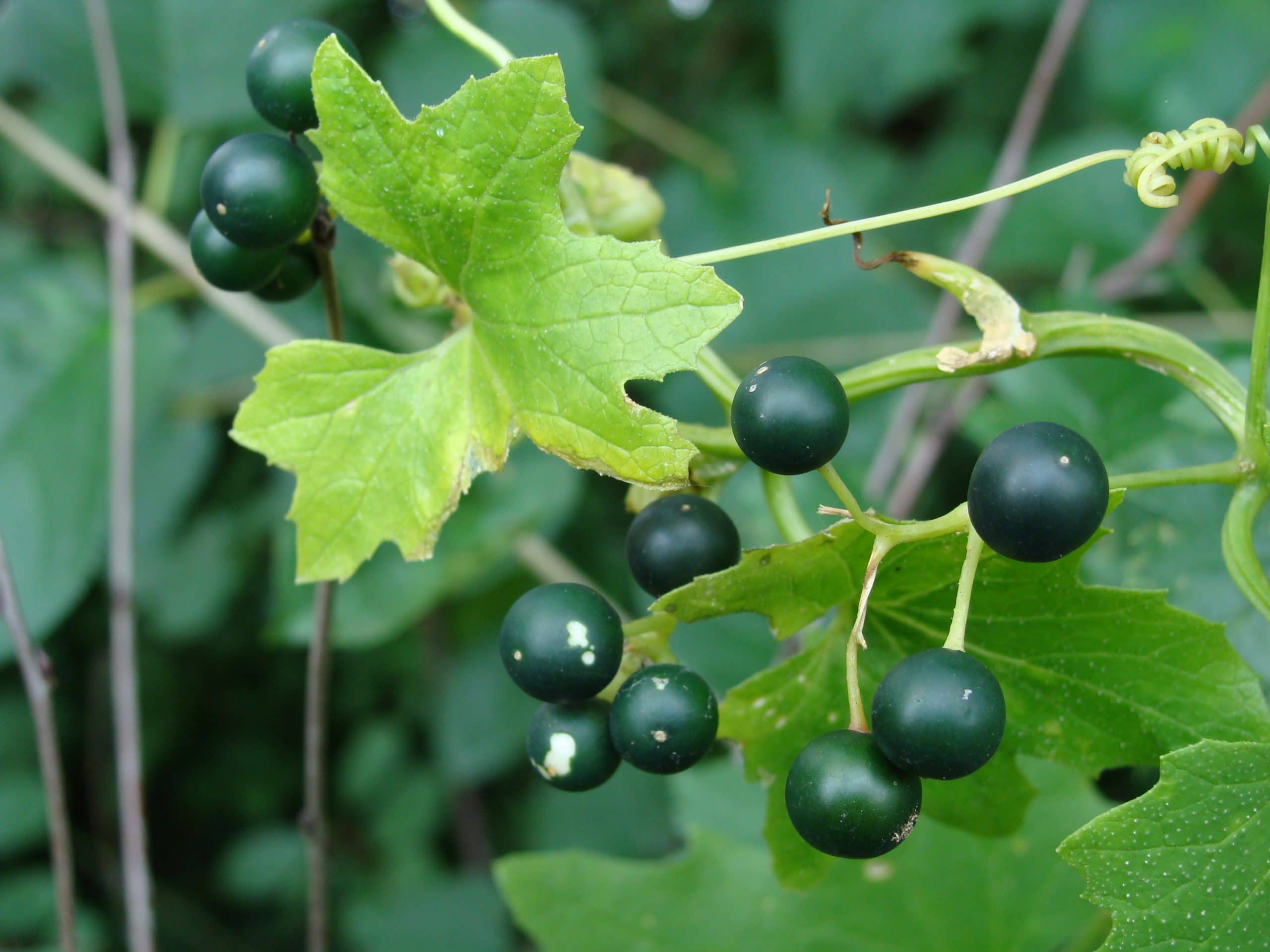
Our bryonia They are climbers characterized by their rapid growth and for being also perennial. They live for several years, growing strongly during the warm season, and letting the leaves dry in winter in order to survive.
As if that were not enough, they resist frost without problems, not in vain, they are native to a large part of the European continent, in areas with very marked winters.
Origin and characteristics of Bryonia

Image – Flickr / Andreas Rockstein
Our protagonists are evergreen climbers from Europe. They are characterized by having palmate and lobed leaves, green in color and with somewhat serrated margins.. To develop properly, it produces tendrils, which are very thin stems that help them reach higher areas.
During the spring, flowers appear grouped in axillary clusters, and are white or greenish-white, and towards the summer-autumn the fruit matures, which is a smooth and globular berry that contains a single seed. In winter the aerial part dies, leaving only the roots.
It is important to say that all the parts are poisonous as they contain bryonin, a substance that can cause illness or death if consumed in excess (40 berries are a lethal dose for adults). But this does not mean that you have to demonize them: you have to know, investigate, because that knowledge will help us to enjoy more of the environment that surrounds us.
Main species
The genus is made up of about nine species, the following being the best known:
bryonia alba

Image – Wikimedia / H. Zell
Popularly called aguilonia, afesera, nuerza or snake vine, among others, it is a creeper native to central, southern and eastern Europe that reaches a maximum height of 4 meters. Its leaves are pentangular or pentalobulated, and produces greenish-white flowers grouped in clusters. Its fruits are black berries.
Bryonia dioica

Image – Wikimedia / Hans Hillewaert
Called as walnut or devil’s turnip, it is a climber native to southern and central Europe, as well as America, reaching a height of 3 meters. The leaves are pentalolulate, and produces blue or white flowers. The fruit is a red berry.
Bryonia laciniosa

Image – Flickr / Dinesh Valke
It is a climber with pentalobed leaves native to South and Southeast Asia. Produces greenish-yellow flowers and yellowish-green spherical berries.
It is used in traditional medicine as an aphrodisiac, but its consumption is not recommended as it is poisonous.
Can they be grown in gardens?
Bryonia are very fast growing plants, so much so that outside their range of origin they can become a weed. Remember that they live naturally in Europe especially, specifically in forests.
In addition, they are very poisonous, so the species Bryonia dioica It is already in the catalog of prohibited plantsAccording to this document of the Board of Andalusia.
We hope it has been useful to you 🙂.

